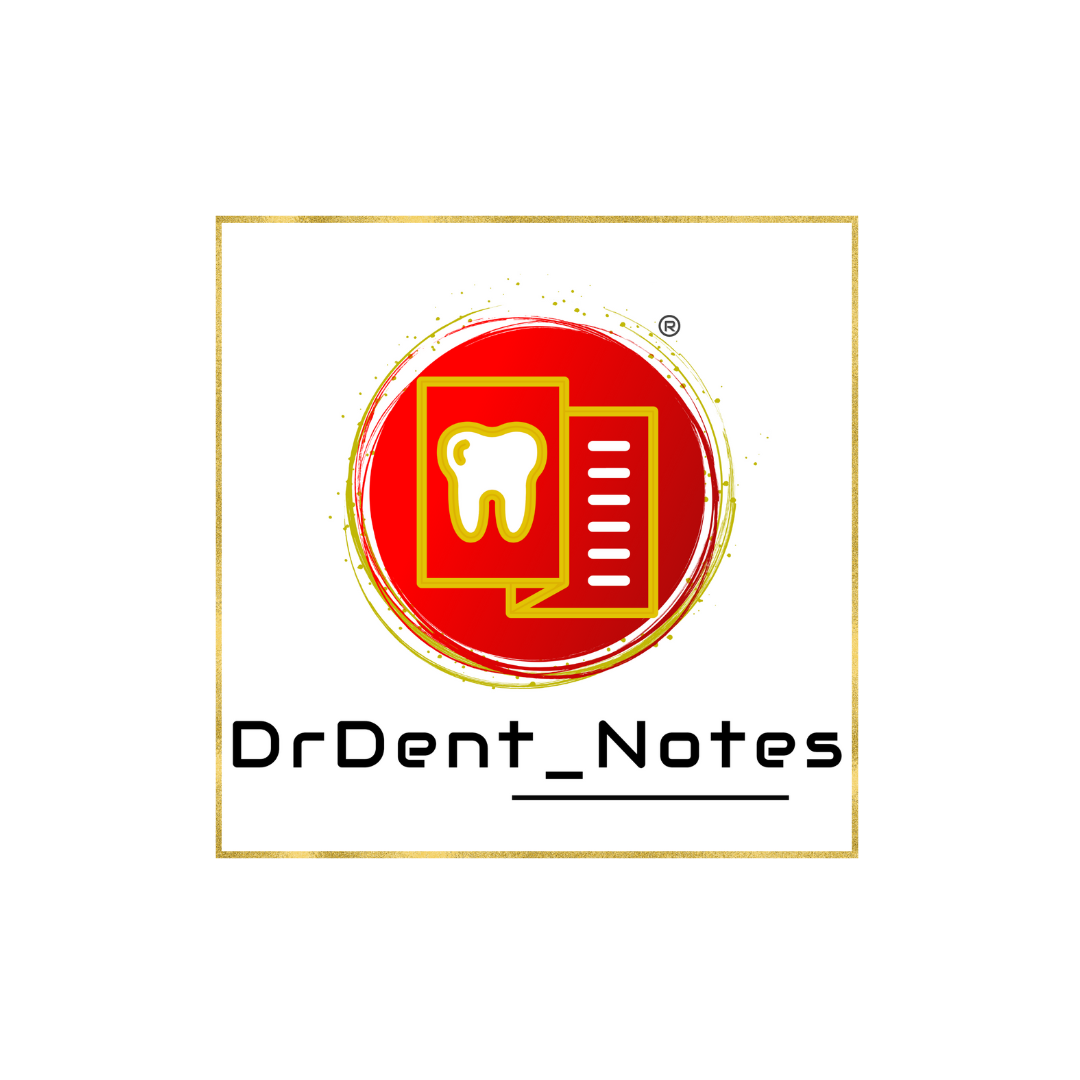There are no items in your cart
Add More
Add More
| Item Details | Price | ||
|---|---|---|---|
Anatomy, Foramina, Muscle attachments, Ossification, Age Changes, Blood and Nerve Supply, Lymphatic Drainage




| Muscles |
Point of origin |
| Buccinator Muscle |
Buccinator ridge of mandible |
| Mentalis Muscle | Incisive fossa of mandible |
| Depressor Labii Inferioris Muscle | Oblique line of mandible |
| Depressor Anguli Oris Muscle | Mental tubercle and oblique line of mandible |
| Anterior Belly of Digastric Muscle | Digastric fossa |
| Genioglossus Muscle | Superior mental spine |
| Geniohyoid Muscle | Inferior mental spine |
| Mylohyoid Muscle | Mylohyoid line |
| Muscles |
Point of insertion |
| Lateral Pterygoid Muscle |
Pterygoid fossa |
| Temporalis Muscle | Apex and medial surface of coronoid process of mandible |
| Medial Pterygoid Muscle | Medial surface of ramus (pterygoid tuberosity) and angle of mandible |
| Masseter Muscle | Lateral surface of ramus and angle of mandible |
| Platysma | Lateral surface of ramus and angle of mandible |
1. Human Anatomy By B D Chaurasia's 7th Edition

DrDent_Notes
 Launch your Graphy
Launch your Graphy